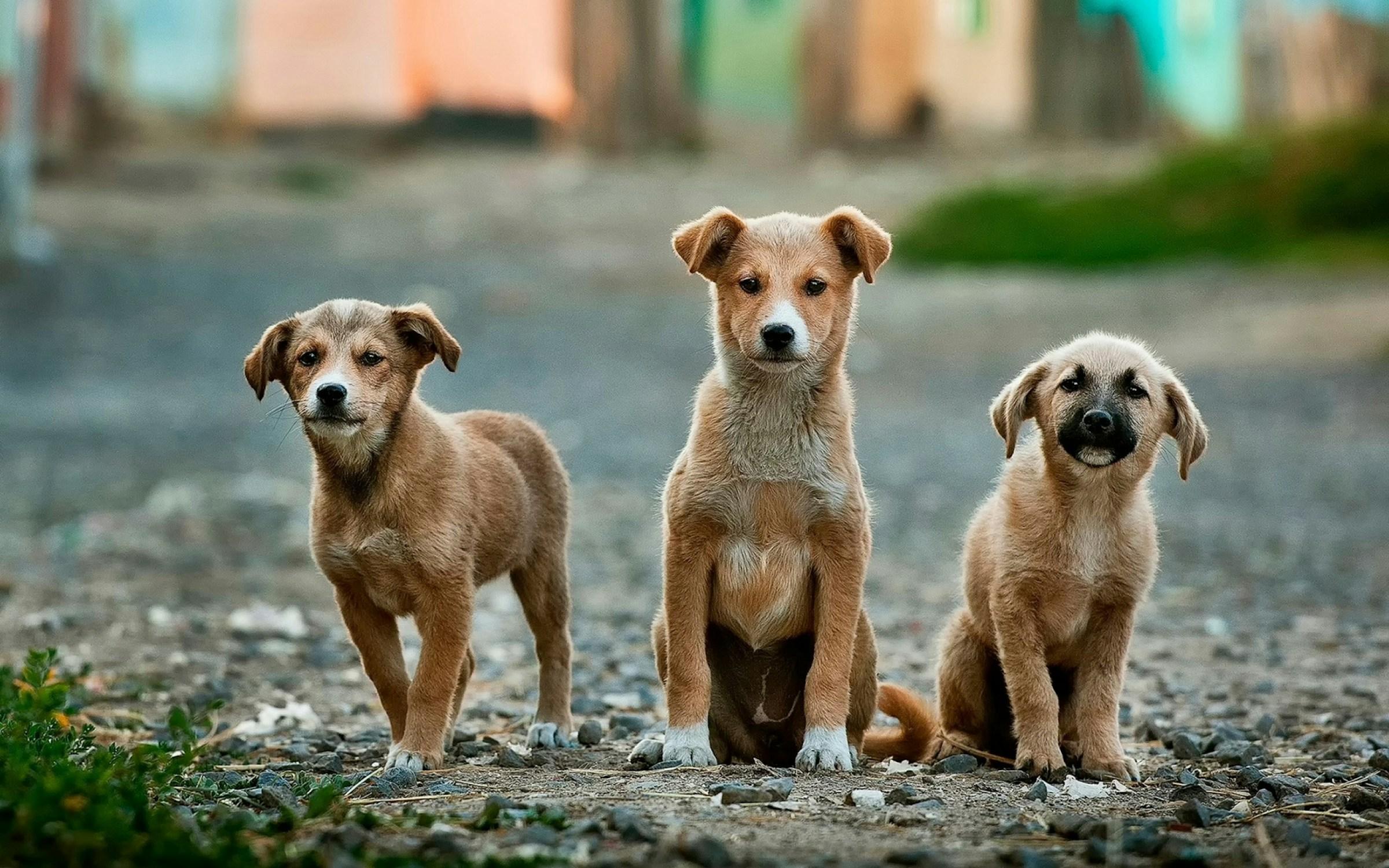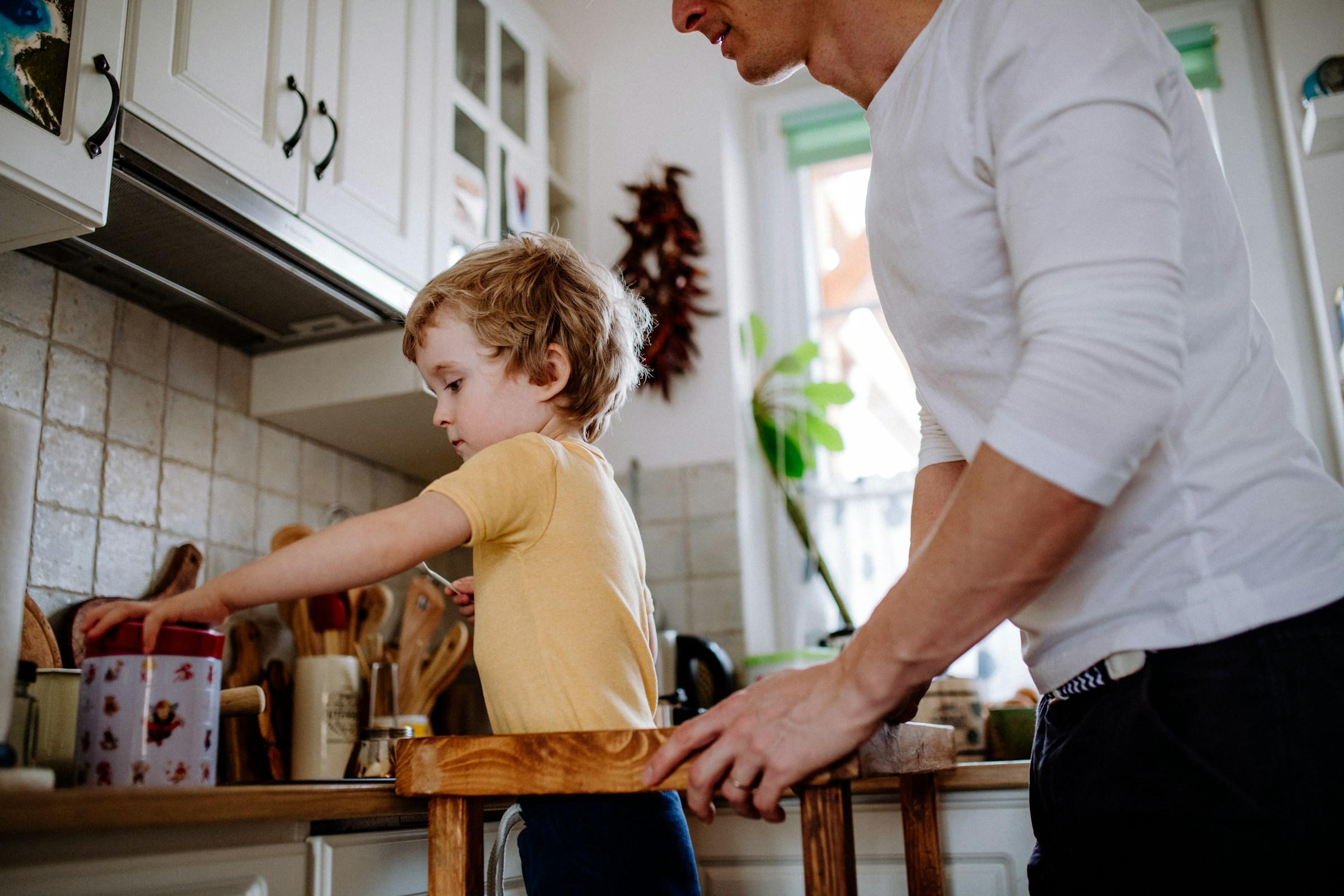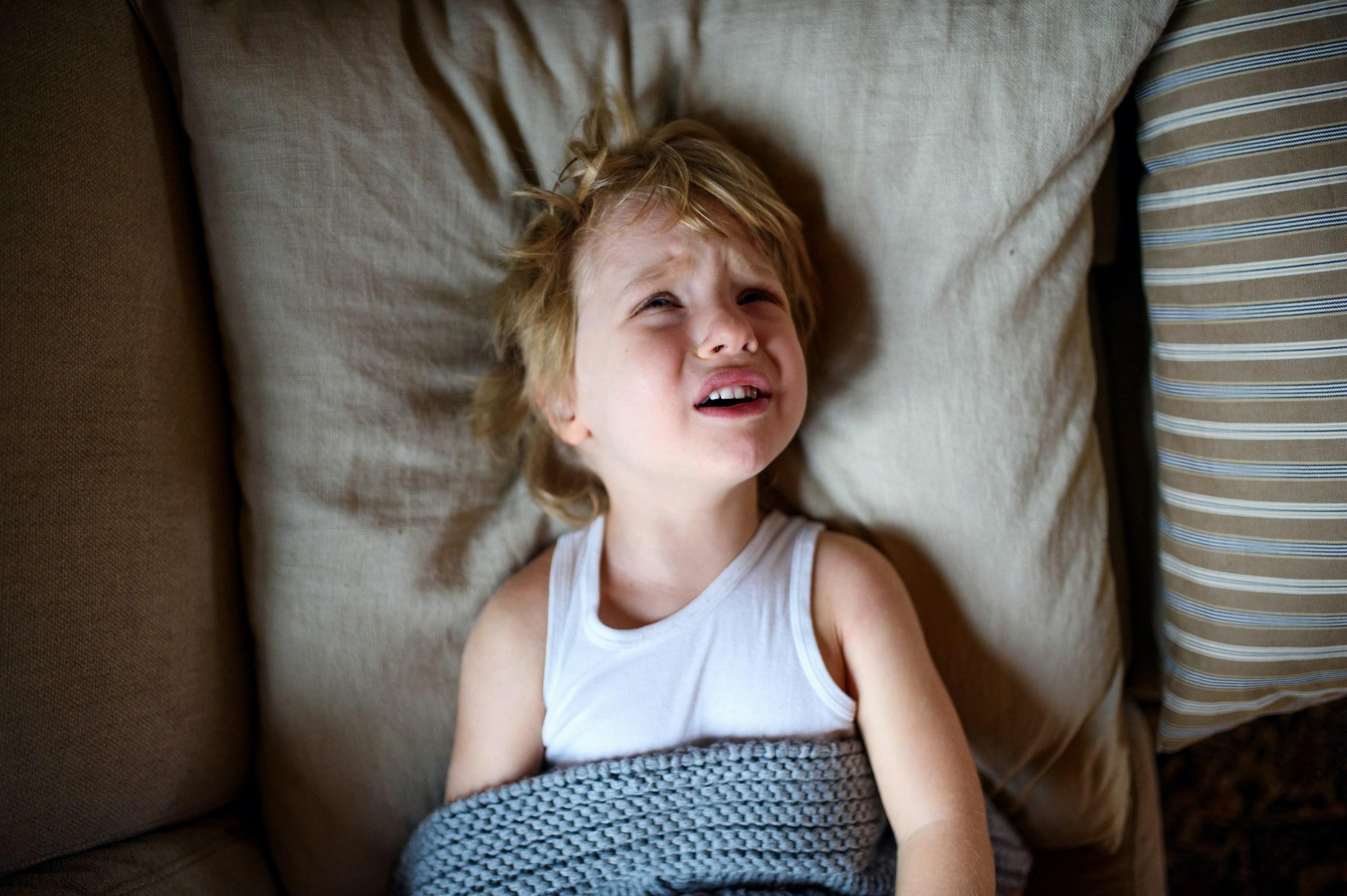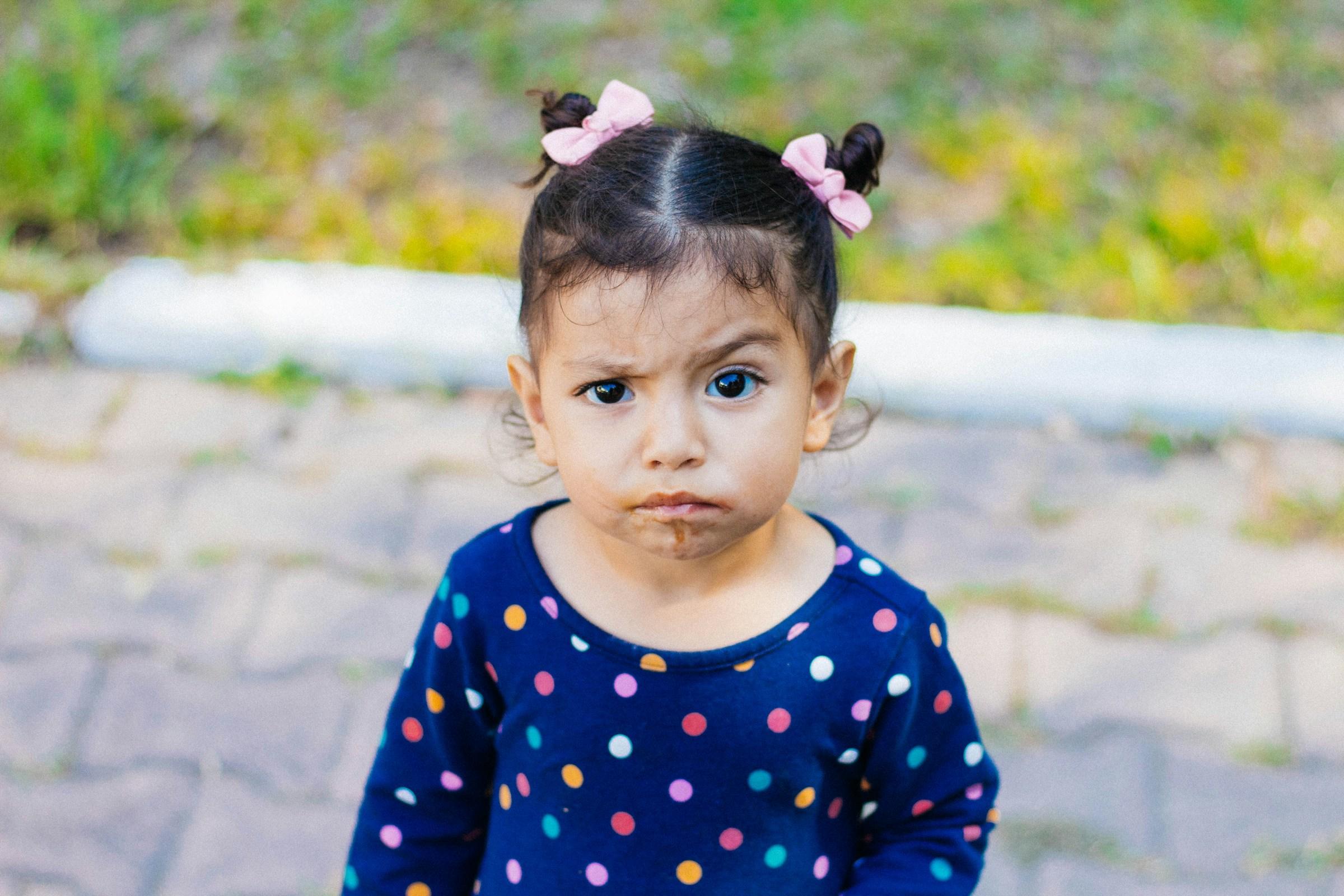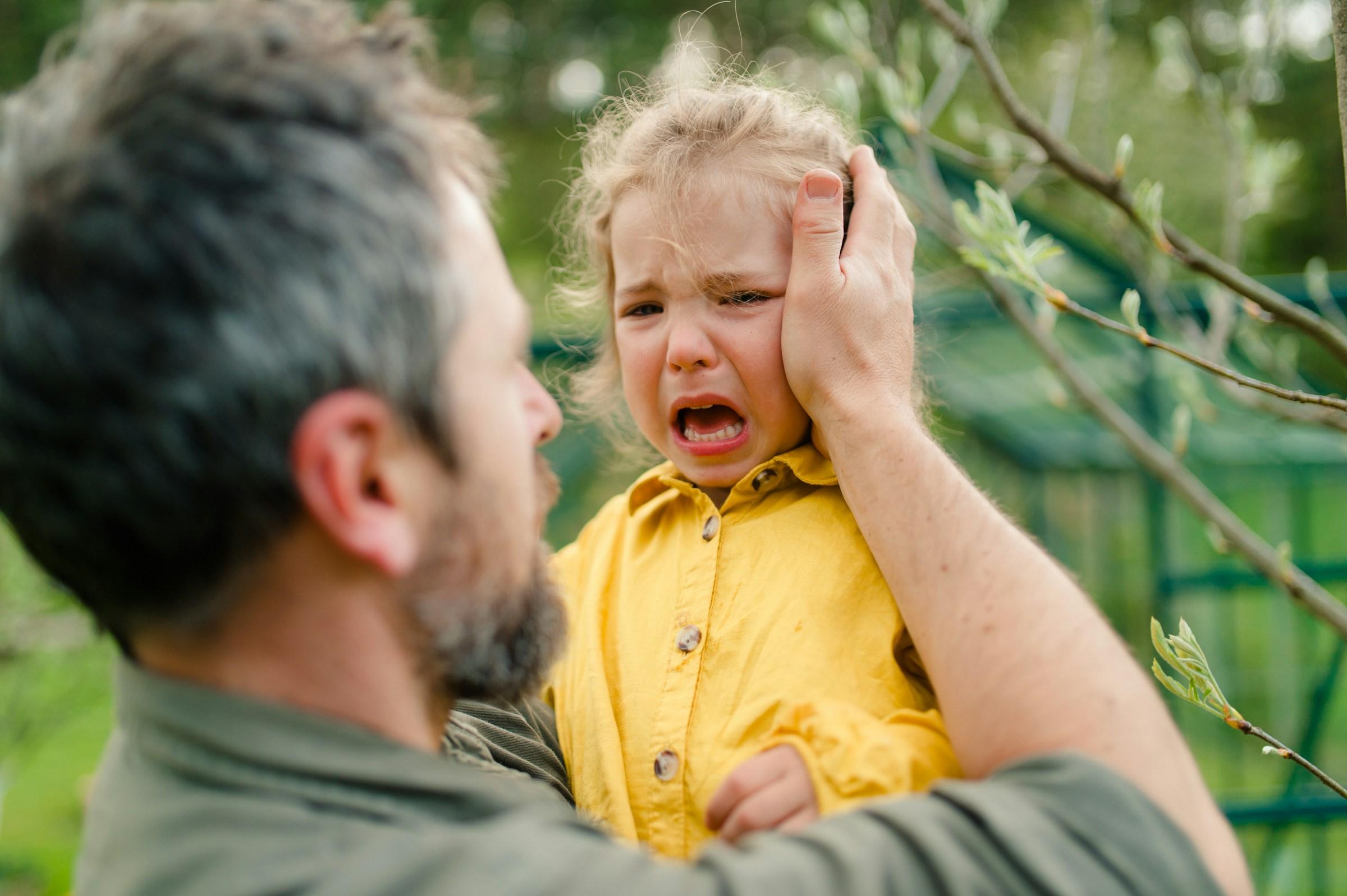The toddler years sit at the crossroads of biology, emotion, and culture. One small person with a fast-growing brain meets a world that prizes speed and order. The clash is loud. Adults call it a tantrum and the internet packages it as a clip. Yet beneath the noise is a simple question that deserves a patient answer. What triggers anger in toddlers, and why does it erupt in ordinary rooms at ordinary hours.
Begin with the body. A toddler navigates each day through a flood of sensation. Light pours in through windows, music bounces off hard floors, the smell of toast finds the nose, and the tag in a shirt scratches the neck. For a nervous system that is still learning how to filter information, ordinary settings can feel like a crowded intersection with no traffic lights. When inputs stack faster than the brain can sort them, the body throws a flare. The scream or stomp that follows is not malice. It is a signal that the volume of the day has risen beyond what a small body can carry.
The clock deepens the tension. Adults live by minutes and appointments. Toddlers live by rhythm and repetition. Transitions that look minor to a parent are seismic to a child. Shoes on now. Lights off now. Into the car seat now. Every shift is a doorway, and doorways feel strange when you did not choose to walk through them. The gap between adult schedule and child tempo can turn a calm morning into a standoff. Anger rushes in to create space when a toddler feels pressed into a pace that does not fit.
Hunger is the oldest trigger of all. It does not announce itself with precise language. A toddler cannot say that blood sugar has dipped and self-regulation is weak. A toddler says no. A toddler drops to the floor or pushes a hand away. Because food is chemistry, and chemistry writes mood, a delayed breakfast or a missed snack can change the entire temperature of the room. Restore the calories and the storm settles, as if the weather had been hiding inside the stomach the whole time.
Sleep sits beside hunger as a quiet saboteur. A sleep debt is invisible until it is not. It arrives as a refusal that feels personal but is simply the cost of fatigue. Bath time becomes a battle because the body wants stillness while the environment demands one more step. In that mismatch, anger becomes a bridge that breaks in the middle. The louder the protest, the clearer the message. Rest is overdue.
Language shapes many of these moments. Toddlers often think faster than they can speak. Inside, a need is clear. Outside, the words are not ready. The frustration that follows can look like defiance to an adult who expects explanation. Yet most of the heat is a translation problem. Yesterday the blue spoon felt like a rule. Today it feels like a prison. Without precise words, a toddler uses volume to close the gap between inner clarity and outer confusion. The better the vocabulary becomes, the less anger needs to carry the message.
Adults are not just observers in this story. Children borrow the weather of our attention. Homes drift between patience and hurry. A parent who is tired or rushed changes the air. Toddlers feel that shift the way trees feel a gust. When listening is thin, small voices grow sharp corners. When adult voices rise, small bodies build a tower of sound to match. Anger can be contagious, but so can composure. The tone you keep becomes the tone your child tries to find.
Screens complicate the landscape in a very modern way. A cartoon compresses a carnival into a rectangle. Colors pop, edits jump, voices sparkle. Then the episode ends. The brain drops from a fast ride back onto the living room floor. Adults call the shift a transition. Toddlers feel it as a sudden fall. The protest is not a moral failure. It is a nervous system asking for a slower exit from a rocket to a hallway.
Rituals offer structure to a young mind. The order of small tasks carries meaning far beyond its appearance. Stir the yogurt after the honey, not before. Line the cars in a row, not a circle. Buckle the left strap before the right. Break the sequence and a child can feel that the house has lost its beams. Adults sometimes laugh because the rule seems absurd. To a toddler, it is a contract with the day. When the contract is violated, an alarm goes off. Restore the sequence and calm returns with surprising speed.
Space matters. Many rooms are arranged for beauty on a screen rather than movement in real life. Pale fabric and delicate objects signal do not touch in seven different ways. Toddlers are not curators. They are scientists. They shake, pour, push, and climb because that is how learning happens. When a room invites inquiry, a child moves through it like a researcher. When a room forbids contact, a child tests the boundary until the test becomes a fight. The loud result is not a flaw in the child. It is a mismatch between design and development.
Crowded places add their own electricity. A cafe that reads as calm to an adult can read as chaos to a small person who registers every scrape of a chair, every hiss of a machine, every door opening and closing, every laugh at the next table. Overstimulation here is not a trend word. It is arithmetic. Too many moving pieces fill the mental table. Anger becomes a tool for clearing the board.
Fairness arrives early in life, long before a child can write an essay about it. The sibling gets a larger slice. A friend takes the red truck. The dog climbs into a lap first. Toddlers keep score with their whole bodies. They feel the thesis even if they cannot state it. I want to matter as much as everyone else here. When that belief collides with reality, anger steps forward as a lawyer with a loud voice. The argument will not be elegant, but it will be sincere.
Endings create a different kind of heat. The park trip finishes. A grandparent waves goodbye. A block tower falls. Toddlers have not learned the ceremonies that soften loss. They have volume. Adults prefer tidy endings because tidy endings keep the day moving. Children grieve in quick bursts. What looks like rage may be sadness without a script. When we name it as grief, our response becomes kinder. The emotion often passes faster once it is understood.
Culture frames all of these scenes. Online, toddler anger is cut into micro dramas with punchlines. Offline, caregivers whisper apologies in supermarket aisles as if they broke a rule written by invisible judges. The rule is imagined, but the pressure is real. Public anger from a small person awakens private fear in a big one. The child senses the tension and turns it into lightning. The more a parent worries about how they look, the less capacity they have to co-regulate. Calm is the antidote that no one applauds in the moment because calm has no special effects.
Choice is a tiny battlefield that deserves attention. Agency is new to toddlers. They practice it on objects first, on people next, and eventually on the small republic called family. When adults remove choices to gain efficiency, the room loses oxygen. Hand back a decision point, even a trivial one, and the temperature drops. Do you want the blue cup or the green cup. Will you climb into the car seat by yourself or shall I lift you. The trigger was not stubbornness. It was a basic need to be a person who gets a vote.
If you follow the thread through all these examples, a theme appears. Environment is biography for a toddler. Temperature, fabric, sound, smell, image, pace. Adults dismiss these as details. Children treat them as the whole story. A sock seam can start a saga. A scratchy tag can persuade a child that the world is hostile. Remove the enemy and peace returns without ceremony. The cloud that threatened to break never quite rains.
There is also a deeper narrative running beneath our interactions. Many adults were taught to be agreeable for the comfort of the room. Many children say no for the comfort of their body. To the adult eye, that no can look like rebellion. More often it is alignment. The clash between those two histories produces anger in everyone present. Toddlers express it with sound. Adults express it with control. Both are loud in different registers. Repair, not shame, turns the volume down. A quick hug after a shout, a quiet minute after the storm, a name for the feeling once it passes. This is not a hack. It is a practice that converts rupture into learning.
The online world will keep offering snapshots of these battles. Kitchen views, stroller views, bedtime views, each cut into loops that gather a million reactions. Off camera, more ordinary edits occur. A parent kneels instead of towering. A breath slows. A child cries into a shoulder and then asks a question about the moon. The algorithm does not prize these moments. Real life depends on them.
So what triggers anger in toddlers. The short answer is the space between a small nervous system and a big adult world. The long answer is every factor that widens or narrows that space in real time. Hunger, sleep debt, abrupt transitions, broken rituals, crowded rooms, itchy clothes, loud songs, fast schedules, thin choices, stressed adults. The list shifts by the day and repeats by the week. The solution is not a single technique. It is a posture of observation.
Watch the minute before the fire. Often the match is visible. A softer light. A different shirt. A snack ten minutes earlier. A transition that comes with warning and a small choice. A parent who lends calm rather than borrowing panic from the room. This is not a cinematic transformation. It is a series of very small adjustments that let a child feel safe enough to cooperate.
Debates will continue about whether modern children are too sensitive or modern parents too gentle. The debate misses the living reality. Early childhood is a negotiation with a world that asks for pace and polish before a child has either. Anger is a primitive tool. It creates boundaries where none were offered. It is clumsy and loud and honest. When we treat it as information instead of scandal, our response changes. We move from spectacle to care. We stop auditioning for the aisle and start listening to the person who is only just learning how to be one.





